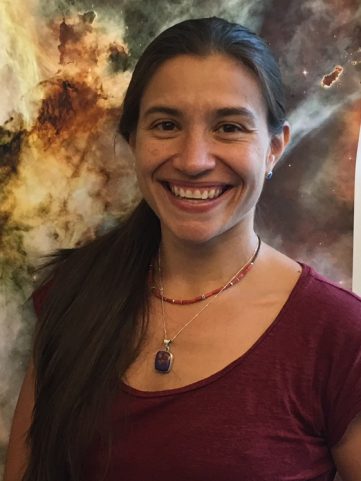The rise of environmental science in the classroom
By Sophie Webb
Stepping into the Baldwin School’s main building does not feel like stepping into a school at all. The building, which is a former hotel designed by Frank Furness, is on the National Register of Historic Places, and is a towering vision of red. The entryway still resembles the lobby it used to be, complete with coat racks, ornate rugs, and a crackling fire.
Students parade by in snappy plaid uniforms, and the essence of the former hotel gradually dissolves into the noise of the lunchroom, the backpacks of the students and the other small clues indicating that Baldwin is no longer a hotel, but an all-girls private school on Philadelphia’s Main Line.

The Baldwin School
Although the uniforms and the grandeur give Baldwin an old fashioned air, the institution is actually ahead of the curve when it comes to course offerings like environmental science, a relatively new offering in secondary schools.
Environmental science is the study of the earth through biology and physical science, as well as the examination of environmental issues and potential solutions.
According to the 2012 Horizon Research, Inc. National Survey of Science and Mathematics Education, only 48 percent of high schools nationwide offer any sort of environmental science course, and only 18 percent offer more than one year of environmental science. Although these numbers seem low, they have been growing over the past two decades.
In Horizon Research, Inc.’s report on trends in science and mathematics education from 1977 to 2000, they found that from 1993 to 2000, the percentage of high schools offering environmental science courses increased from 24 to 39 percent. Their 2012 report shows that the percent is still on the rise.
At Baldwin, the science department offers two environmental science courses at the high school level, each a semester long. Continue reading



